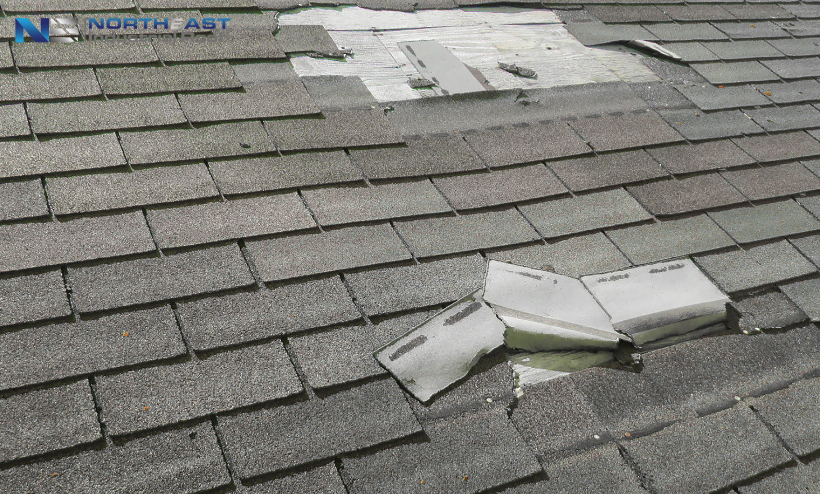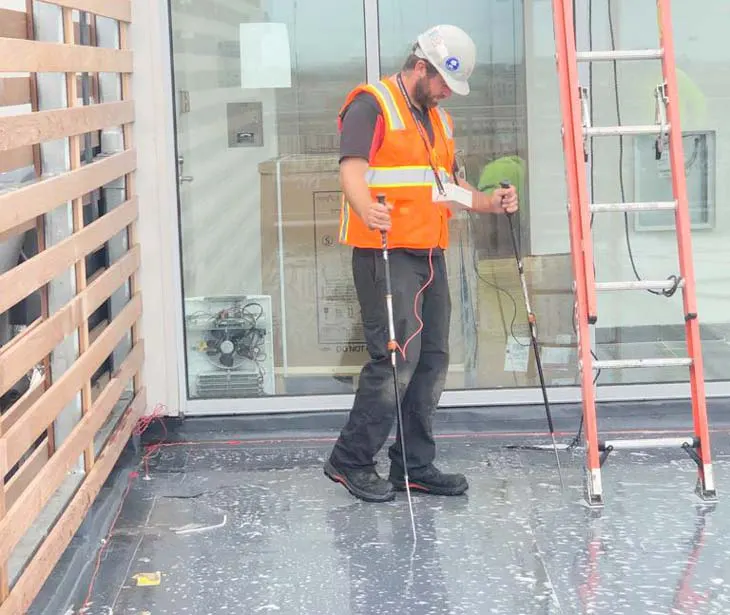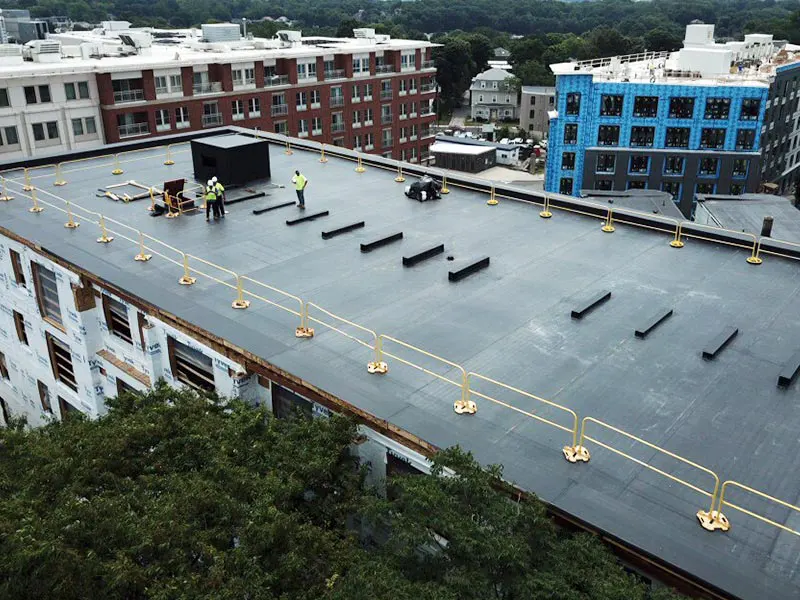One of the most critical—and often overlooked—components of a commercial roofing system is drainage. Without an effective system to redirect water, your roof becomes vulnerable to ponding, leaks, structural damage, and premature failure.
In this article, we’ll break down what roof drainage is, explore the different types of roof drain systems, and help you determine which is best for your building.
What is roof drainage?
Roof drainage refers to the system used to remove water from a roof surface—especially in low-slope or flat commercial roofing systems. Unlike pitched residential roofs that rely heavily on gravity and gutters, flat roofs require strategically placed internal or external drains to move water efficiently off the building.
Why is roof drainage important?
A well-designed drainage system is essential to:
- Prevent water ponding, which can lead to membrane degradation
- Avoid structural stress from excess water weight
- Minimize the risk of leaks and moisture infiltration
- Protect rooftop equipment, HVAC units, and insulation
- Ensure code compliance and roof warranty validity
Water that sits on your roof for more than 48 hours after rainfall is a sign your drainage system may be failing.
Types of roof drains
Interior Drains
Installed directly into the roof surface and connected to internal piping, these are common in large commercial buildings. They collect water and direct it through vertical pipes inside the structure.
✅ Aesthetically hidden
✅ Ideal for flat roofs
⚠️ Requires regular maintenance to prevent clogging
Scupper drains
Openings in the parapet walls that allow water to flow off the edge of the roof. Often combined with downspouts.
✅ Simple design
✅ Low maintenance
⚠️ Best for smaller roofs or areas with limited rainfall
Siphonic drains
An engineered system that uses gravity and negative pressure to rapidly draw water off the roof—typically without the need for sloped piping.
✅ High capacity for large-scale roofs
✅ Efficient even with minimal rainfall
⚠️ Requires precise engineering and professional installation
Overflow drains
A secondary drainage system designed to protect the roof in case the primary system becomes blocked.
✅ Prevents catastrophic ponding or collapse
✅ Required by most building codes for flat roofs
⚠️ Should never be your primary drainage method
Roof Drains vs. Gutters
Feature | Roof Drains | Gutters |
Best for | Flat & low-slope roofs | Sloped roofs |
Water Direction | Internal piping | External downspouts |
Visibility | Hidden inside structure | Visible on roof edge |
Maintenance | Debris removal required | Needs regular cleaning |
Cost | Higher initial investment | Lower upfront cost |
Flat commercial buildings benefit more from drain systems, while pitched roofs are better served by gutters.
What is the best drainage system for a roof?
The best system depends on your building’s structure, climate, and roof design:
- For large flat roofs → Siphonic or interior drains offer fast, controlled water removal
- For smaller commercial buildings → Scuppers with downspouts may be sufficient
- For backup safety → Overflow drains are essential regardless of primary system
Partnering with a roofing expert ensures your system is engineered for your building’s needs and installed to code.
Maintenance tips for roof drains
- Inspect monthly, especially during fall and spring
- Remove debris like leaves, sediment, or trash from drain covers
- Flush internal piping periodically to prevent buildup
- Check for leaks or water stains around drains inside the building
- Schedule professional inspections annually
A clogged or failing drain can quickly lead to thousands in repairs—preventative maintenance is critical.
Choosing the right roof drain
Selecting the ideal system requires a thorough understanding of:
- Roof slope and surface area
- Local weather conditions and rainfall patterns
- Building code requirements
- Access to internal plumbing
- Budget and long-term maintenance plans
Roof drainage with Northeast Industrial Roof
At Northeast Industrial Roof, we specialize in designing, installing, and maintaining custom drainage systems for commercial and industrial properties across Massachusetts. From siphonic systems to interior drain retrofits, we ensure your roof is protected from the top down—year-round.
Contact Northeast Industrial Roof today to schedule a roof inspection or consult on the best drainage system for your building.






